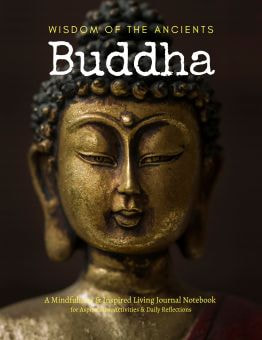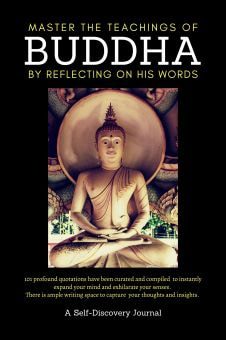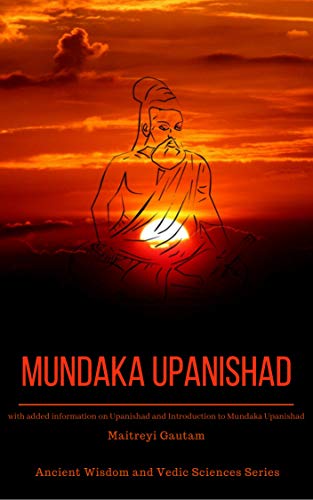Victorian Floriography (also written as Florigraphy) was a way of communicating with others through symbolic gestures often covert, using flowers. Since Victorian times were famously very conservative in their social norms and etiquettes, the language of flowers was used as a coded form of communication.
The Victorian Era is often referred to as the ‘Victorian Flower’ era. Even though flowers have always been associated with profound feelings, the language of flowers- Floriography, was quite elaborate and complex. Some flowers, like roses, had multiple meanings depending on its color.
This ancient flower-language was traditionally used by aristocratic societies in the medieval ages to communicate their feelings and is now considered an important part of the European culture and history.
Florigraphy, i.e. conveying message with flowers, was first used in Persia and Turkey in the fifteenth century. It was a linguistic art form, that was derived from ancient Chinese and Japanese cultures. Later the English court adopted it and evolved it to the more commonly known form of Floriography... where flowers were assigned specific symbolism and were used to send cryptic and coded messages. Floriography really caught on in the United States in the 19th century.
Though the original form of Florigraphy is not typically used anymore, we still utilize some of those flower symbolisms. For e.g. giving someone a red rose to signify passionate, romantic love.
Even though many of the representations have changed since Victorian times, Floriography, the language of flowers has continued to grow and evolve as a cultural art-form over the years.
Read further:
| |





















